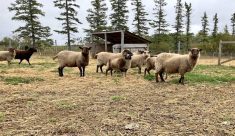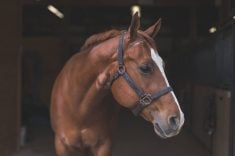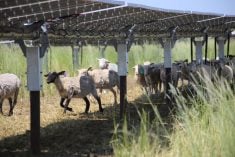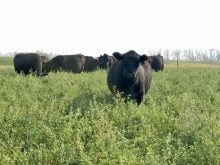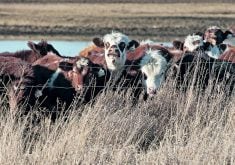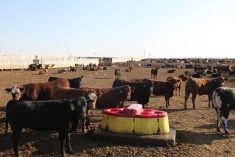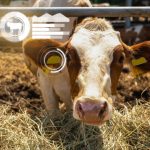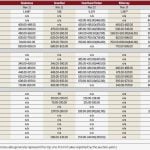Government cattle reports on June 23 showing a larger U. S. feedlot cattle supply but a smaller U. S. cattle herd drew mild reactions from analysts, who said the numbers should have little impact on cattle prices, which this year have been the highest since 2008.
One U. S. Agriculture Department report showed the number of feedlot cattle up 3.3 per cent as of July 1 versus a year ago. Analysts, on average, expected a 3.4 per cent increase and said profitable cattle prices this year encouraged producers to fill empty pens.
Read Also
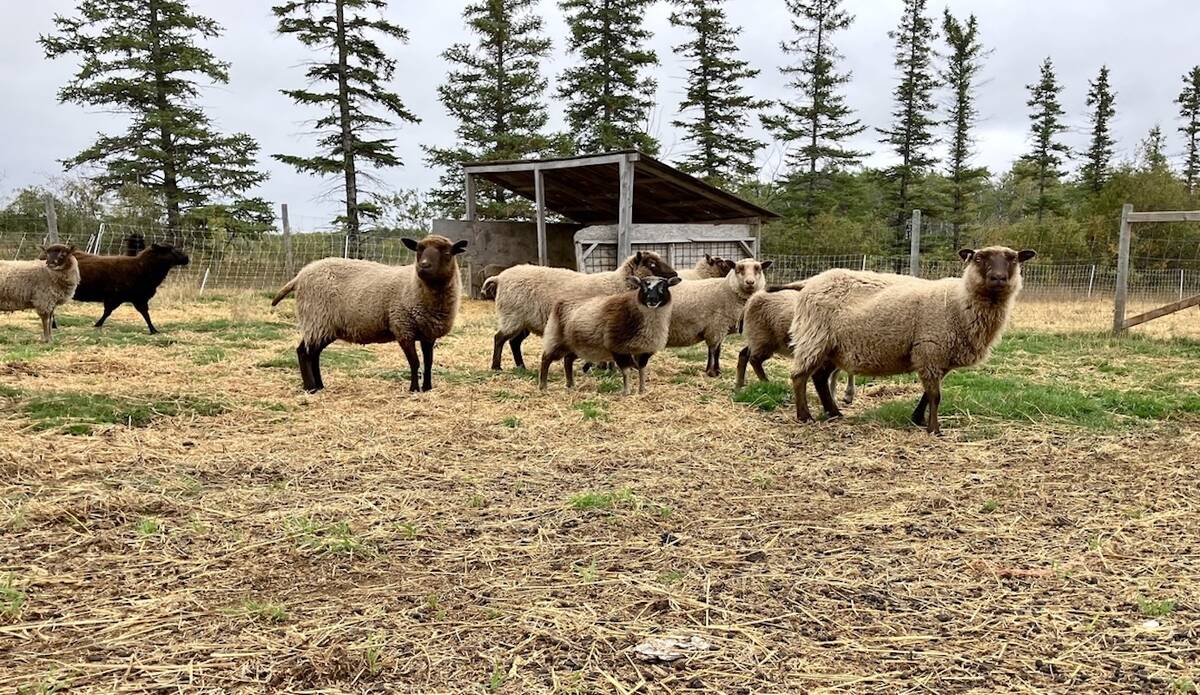
Mosquito-borne virus could be devastating to sheep breeding operations
Cache Valley virus, a mosquito-borne disease that infects small ruminants, could be a devastating hit to small operations.
In addition, they said lush pastures in the central and southern Plains had ranchers grazing more cattle this spring and many of those young cattle were moved to feedlots in June.
USDA said 10.07 million cattle were in feedlots as of July 1. It also said placements of young cattle were 1.628 million head, up 17 per cent, and sales of mature cattle at 1.997 million, up 0.4 per cent.
“The numbers are building, which was expected, but placements were smaller than expected,” said Rich Nelson, analysts at Allendale Inc.
Analysts, on average, expected placements to be up 20.5 per cent of a year ago.
USDA also released its midyear cattle inventory report, which includes beef and dairy cattle, bulls, cows, and calves. As expected it showed the smallest July 1 cattle herd on record at 100.8 million head, which was down 1.2 per cent from a year ago. USDA records go back to 1973.
The smaller herd had been expected and the USDA inventory numbers matched or nearly matched analysts’ estimates.
High feed prices in recent years and losses on cattle sales had producers reducing herds, analysts said.
While the smaller supply should not affect next week’s market prices, some analysts said higher cattle prices are likely in the future.
“When you look at these inventory numbers they are bullish for long term,” said Jim Clarkson, analyst with Chicago-based A&A Trading.
One increase in numbers was in the dairy sector, where heifers destined for dairy herds were up nearly three per cent from a year ago.
“The dairy guys just can’t help but want to expand. They’re up 2.5 per cent despite the fact they are losing money,” said Ron Plain, a University of Missouri agricultural economist.


